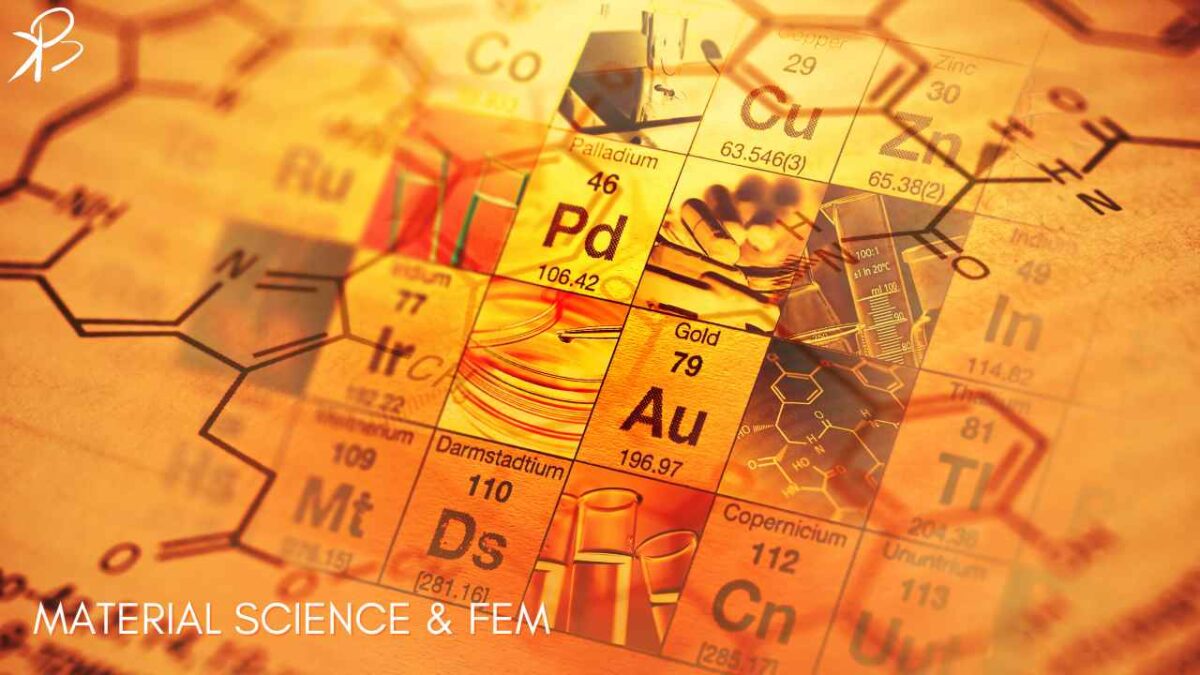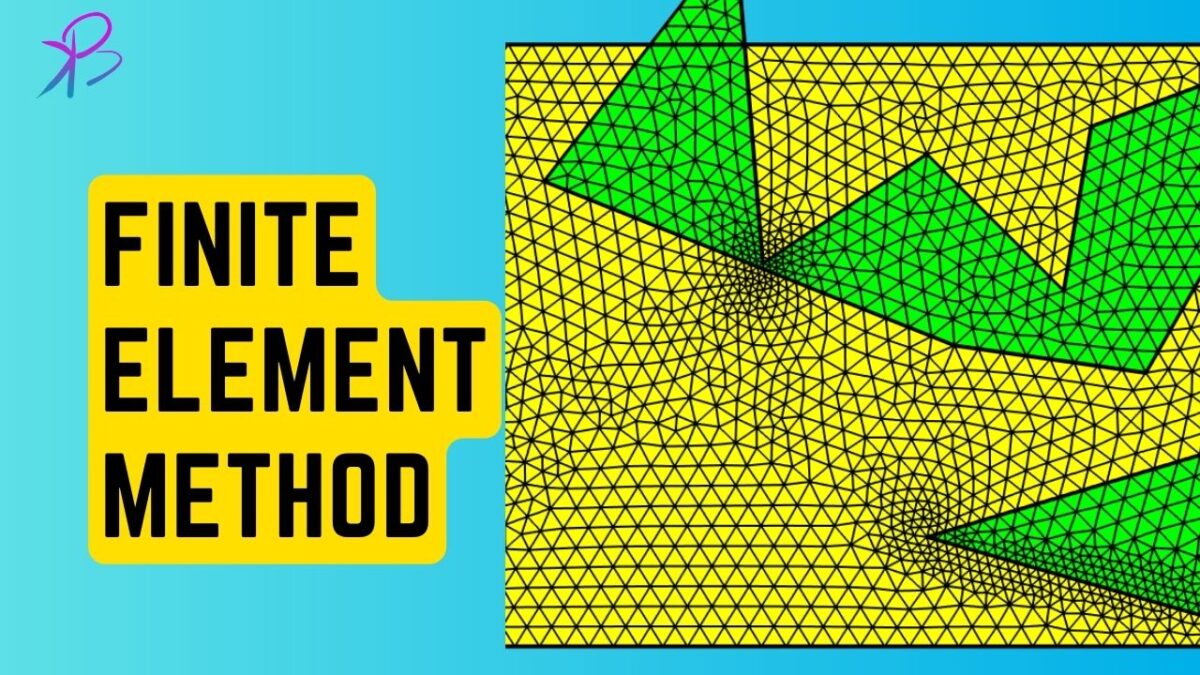Introduction The Finite Element Method (FEM) is a powerful numerical technique used to solve complex engineering and physical problems. It has become an indispensable tool in various fields, including structural analysis, heat transfer, fluid dynamics, electromagnetism, and biomechanics. The method’s versatility and robustness make it applicable to a wide range of real-world problems, from designing […]
The Finite Element Method










